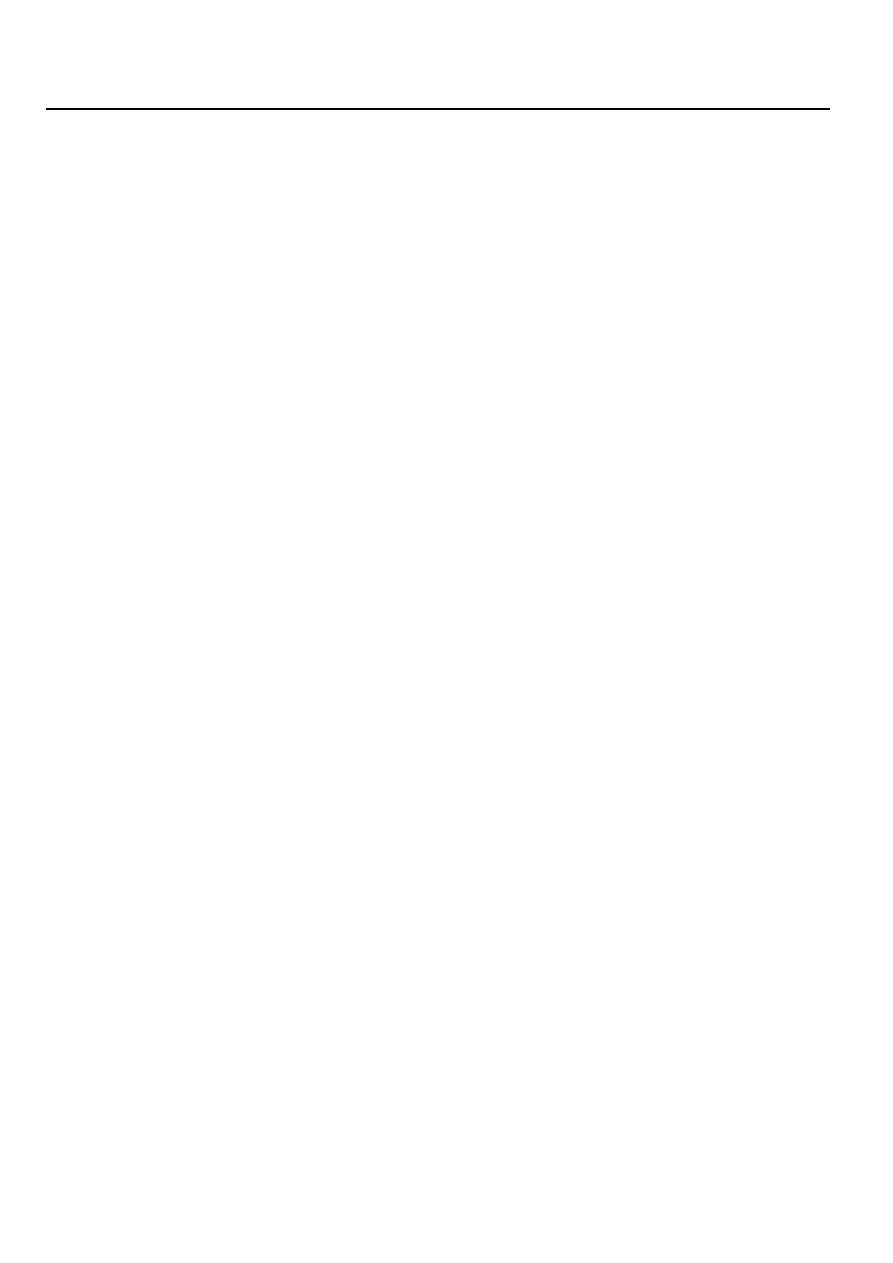
Fifth stage
Psychiatry
Lec-4
د.الهام الجماس
5/10/2015
MOOD DISORDER
AFFECTIVE DISORDER
(
االضطرابات الوجدانية
Mood Disorders (
These are group of functional disorders which characterized by mood changes, the mood
is depressed in case of depression, while the mood is high or eliated in case of mania and
Hypomania accompany by change in thinking and perception.
- The average incidence of affective disorder is 3-4 per 1000 population .
Depression is common disorder
-
- Depression is more common in female than males proportion of 3 females to 2
males
Classification of mood disorders
Major depression (Bipolar I disorder)
Major depression with psychotic symptoms
Moderate depression
Agitated depression of old age
Manic-depressive psychosis (Bipolar II disorder) Mania and Hypomania
(Bipolar I disorder) Depression associated with physical illness
Depression associated with Myxoedema, Hypopitutarism or adrenal
dysfunction
Depression due to the treatment with steroid therapy
Depression due to brain diseases.
Aetiology
1. Genetic causes
It is usually accepted that heridity play an important role in major depression
The earlier the onset of the illness the stronger genetic loading
It is polygenic mode of inheritante
2. Stressful life events is an important precipitating factor .

3. Brain amines theory ( concerning monoamines)
4. Electrolytes – play a role in the pathogenesis of affective disorder.
5. No consistent finding in CT & MRI finding on pathogenesis of mood disorder.
6. Early parent child relationship concerning the mother –child relationship in which the
child regress later under stress and strain of life.
7. Personality study :
psychotic depression said to have dysthymic personality ( insecure , Obsessional
sensitive ) while manic –depressive psychosis have cycloid personality ( more sociable ,
active , energetic)
8. Endocrine changes :
psychological changes may accompany endocrine disorder , thyroid, adrenal dysfunction
associated with mood changes.
Features of major depression
1. Onset – it is of gradual onset, patient gradually lost interest with surrounding.
2. Mood-the mood in depressive illness is usually sad, unhappy, gloomy facial expression
as loss or paralysis of feeling, patient develop guilt feeling and self blame , feeling
missary and malaise . In sever depressed mood. The mood in the morning is very sad
and gradually clear up and become better mood towards the evening.
3.Pessimistic feeling or idea.
4.Anxiety –depression often complicated by anxiety , when depersonalization present it
due to anxiety
5. Agitation and retardation- agitation is common in some cases Retardation. Both motor
and psychic activity (lake of movement , while in some cases retardation depressive stupor.
6. Delusion-delusion in depressive illness is due to disturbe mental mechanism , it take the
form of guilt feeling, sin feeling disease feeling . Paranoid idea takes the form of blaming,
himself for the depression . Nihlistic D patient feeling he is nothing and his body is not
present .
7.Hallucination-Auditory H. hearing voices accusing him. Visual Hallucination is uncommon
in depression takes the form of seeing the views of death , eg. Seeying coffin waiting for
him,
8.Suicidal and homicidal idea
9. Sleep disturbance –is common in depression.
10.Physical symptoms( somatic symptoms) this may be secondary to autonomic
disturbance.

11.Hysterical and Obsessional symptoms disturbance may accompany the depressed mood
.
12. Changes in personality but not to the degree of disintegration and deterioration of
personality which occur in schizophrenia . Patient neglect his personal appearance &
hyogein .
Differential Diagnosis
1. Mild to moderate depression by different signs & symptoms as well personality
difference.
2. Manic depressive psychosis
3. Depression associated with physical disease.
4. Depression associated with organic brain disease like brain tumor , head injury,
parkinsonism and others.
Treatment of major depression
1.If there is suicidal or homicidal idea hospitalization under observation is necessary it
means sever depression, several drugs were used to elevate the mood of depressed
patient all these drugs tended to increase the brain level of monoamines.
2.One of the following antidepressant drugs should be given
Impramine ( tofranil) 25-50mg t.d.s or Amitriptyline (Tryptizol) 25-50 mg tds or SSRI-like
fluoxetine 20 mg x3/ day.
3. Minor T. like Diazepam 5-10 mg at night .
The patient should be on the above treatment for at least 2 weeks
If no improvement noticed
A course of ECT should be given provided the patient general health is normal .
After the acute phase controlled either to continues with the patient on the above drugs
maintenance dose or to stope all the above treatment and start the patient on Lithium Salts
provided the patient suotable for it
Lithium 400-1200 mg single dose in the morning act as prophylactic as well as theraputic
4. Supportive psychorherapy should be carried out with the patient reassurance ,
explaining, the symptoms for the patient and educate the patient regarding the treatment .
Prognosis of Major Depression
The majority of cases spontanous re-life of symptoms . 70-80% of cases relapses is
common, 20% pases to chronic state 5% of these 20 need Leucotomy is recommended .
